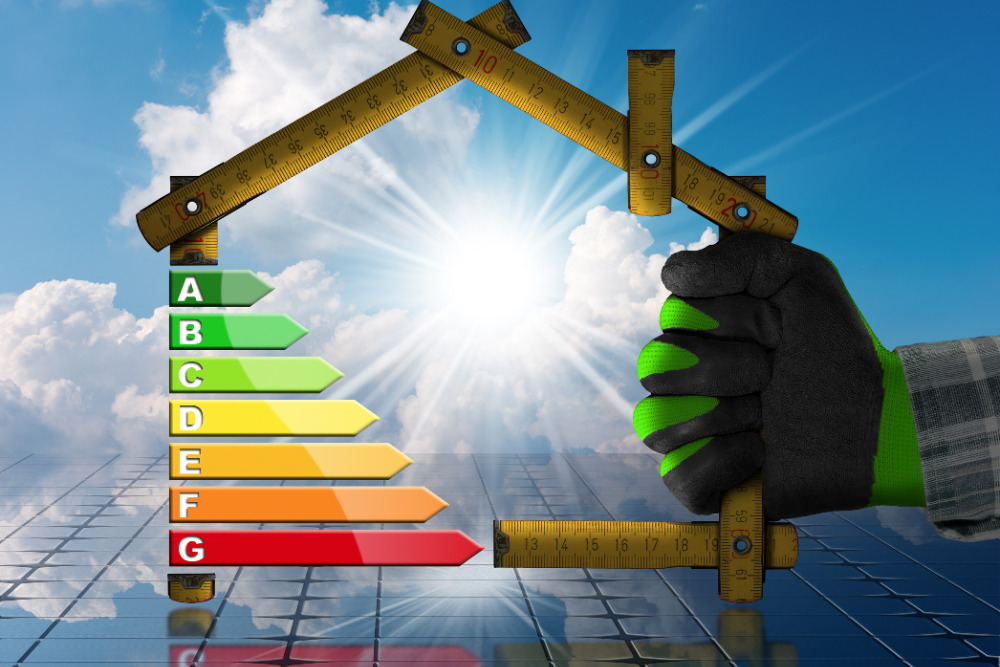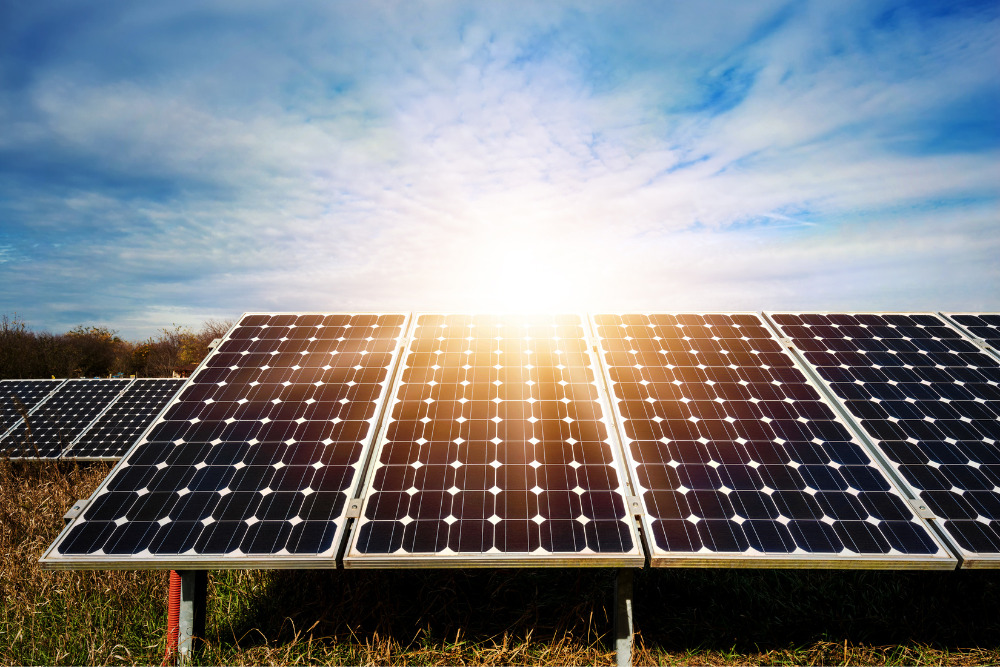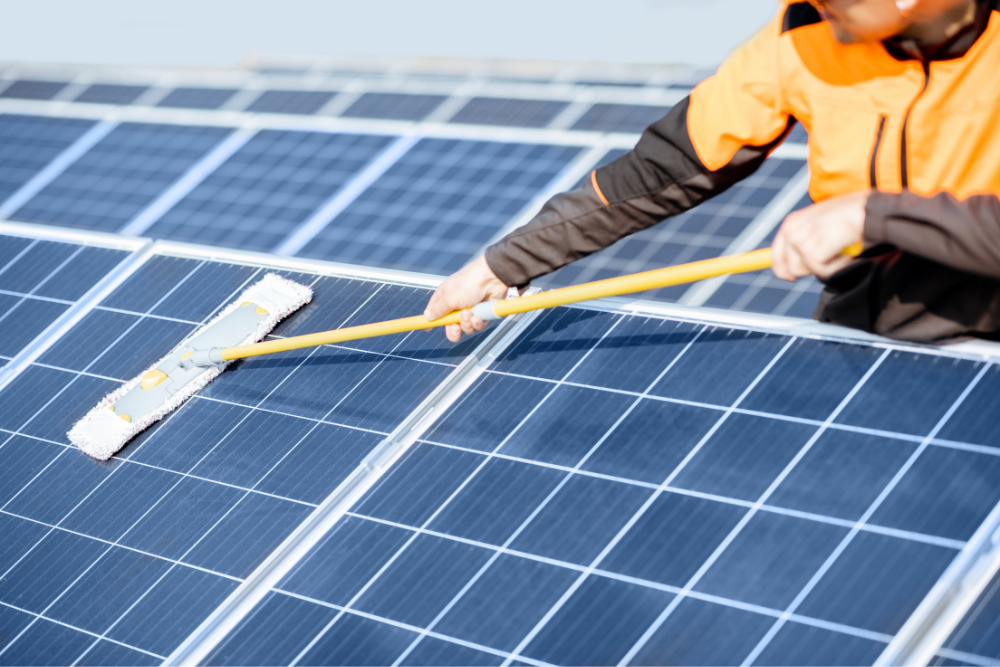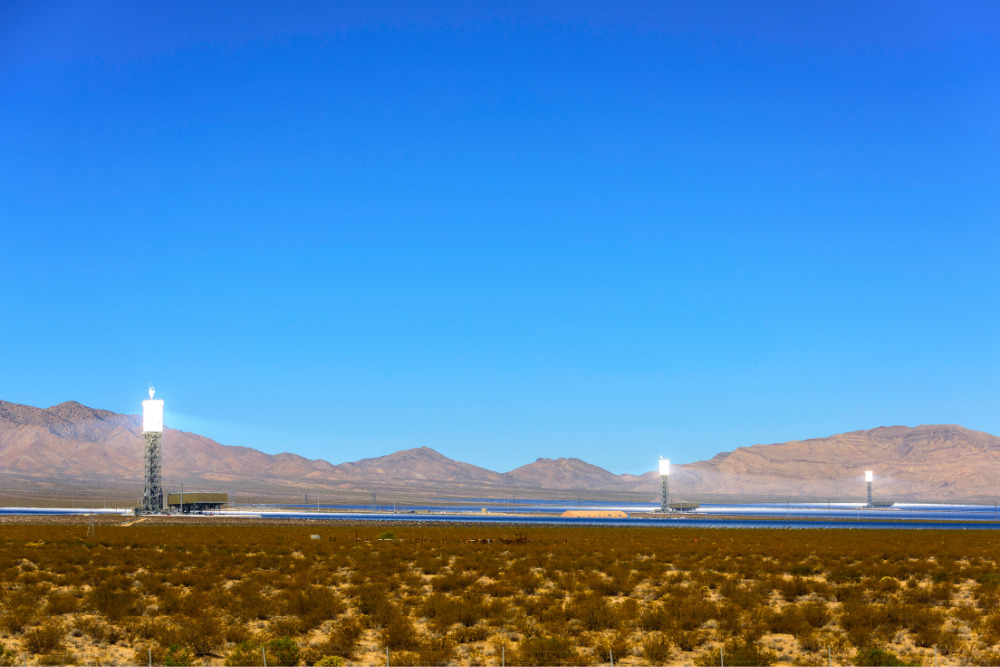
Learn how to optimize your solar energy system performance with strategies like panel positioning, regular maintenance, and energy storage solutions.
It’s easier and more affordable than ever to harness the sun’s power and use it as a renewable energy source in the average home. However, simply installing solar (also called photovoltaic or PV) panels on your roof is not a “set it and forget it” home improvement project. Careful planning and a little work along the way will allow you to achieve maximum efficiency and power output for many years to come.
Can Solar Efficiency Be Improved?
The efficiency of solar panels can be improved through various means.
While solar panels have become more efficient over the years, advancements in technology continue to push the boundaries of their performance. Researchers and engineers are constantly developing new materials, designs, and manufacturing processes to enhance the overall efficiency and amount of energy solar panels produce.
These advancements improve the conversion efficiency of their panels; that is, how efficiently the panels convert sun into electricity, minimize energy losses, and maximize the overall output of solar panels. Additionally, optimizing the installation and maintenance of solar panels, using a monitoring system, and adding energy storage systems improves the efficiency of solar energy production.
Tips For Maximizing Solar Panel Efficiency
Here are nine tips on how to optimize the efficiency of your solar panels:
1. Choose High-Efficiency Panels
Choosing high-efficiency panels is a crucial first step if you wish to maximize the efficiency of your solar panel system. Panels with a higher efficiency rating (~20%) convert a greater percentage of the sun’s rays into usable electricity than standard panels.
These panels typically use advanced technology to reach optimum conversion rates. For example monocrystalline photovoltaic cells are more efficient than polycrystalline cells because they are made from a single silicon crystal. By selecting high-efficiency panels, you can generate more electricity within the same surface area, allowing you to maximize the power generation from your array.
Additionally, high-efficiency panels are ideal for installations with limited space, as they can provide more power from a smaller footprint. While high-efficiency panels come at a higher initial cost, their enhanced performance leads to greater long-term savings and a faster return on your solar investment.

2. Ensure Proper Orientation and Tilt
Proper orientation and tilt of your solar panels are essential for maximizing their efficiency. Panels should be positioned to receive maximum sunlight throughout the day. In the Northern Hemisphere, panels should face true South, while in the Southern Hemisphere, they should face true North.
The tilt angle should also be adjusted based on your location's latitude to optimize sun exposure. Aligning the panels correctly minimizes shading and maximizes the amount of sunlight captured, resulting in increased energy production.
3. Keep The Panels Clean
Keeping your solar panels clean is essential for maximizing their efficiency. Dust, dirt, leaves, droppings, and other debris can accumulate on the surface of the panels and reduce their ability to capture the sun’s energy. Not cleaning solar panels can cause them to lose 25-30% efficiency.
Regularly cleaning the panels, especially in dusty or polluted environments, maximizes light absorption. Use water and a soft cloth, sponge, or brush to remove any dirt or grime. Avoid using abrasive materials or harsh chemicals that scratch or damage the surface.
If you cannot safely access your panels, hire a professional solar panel cleaning company. If your original installer doesn’t offer this service, they will be able to refer you to someone.

4. Minimize Shading
Keeping the panels free from shading optimizes their exposure to sunlight and maximizes solar panel output. Shading, even on a small portion of a panel, can significantly reduce its energy output.
Ensure the installation site is free from obstructions, such as trees, buildings, or nearby structures that cast shadows on the panels during peak sunlight hours. If shading is unavoidable, trim or remove trees or adjust the panel placement.
5. Use Mirrors
Using mirrors to maximize solar panel efficiency is a solar concentrator technique known as solar panel reflector systems. By strategically placing mirrors around the solar panels, you can redirect and concentrate sunlight onto the panel surface, increasing its exposure to light.
Mirrors can be positioned in such a way that they capture and reflect sunlight that would have otherwise been scattered or lost. This technique is particularly beneficial in areas with limited direct sunlight or during seasons with less sun.
However, you must ensure the mirrors do not cause excessive heat or glare, as it can potentially damage the panels or create safety hazards for planes or birds.
You must consult a professional and consider local regulations when implementing mirrors into your solar array.

6. Optimize Inverter Performance
Optimizing the performance of your solar panel inverter is a key factor in maximizing efficiency. The inverter takes the direct current (DC) electricity the solar panels generate and converts it into alternating current (AC) electricity to power your home or to feed back into the grid.
Choosing a high-quality, efficient inverter improves the overall energy production of your solar system. Regular maintenance and monitoring of the inverter ensure it continues performing as it should.
7. Monitor and Maintain System Performance
Using monitoring tools or software provided by your installer is an essential part of keeping your solar panel system in tip-top condition.
This allows prompt identification of any issues or fluctuations in performance.
Keep an eye on factors like daily energy output, voltage levels, and any error messages reported by the system. Conduct routine inspections to ensure the panels are in good condition, free from damage, and properly connected.
Scheduling professional maintenance checks can identify and address potential issues, such as faulty wiring or malfunctioning components.
8. Consider Advanced Technologies
Consider incorporating advanced technology such as microinverters, power optimizers, and solar trackers to maximize the efficiency of your solar panels.
Microinverters And Power Optimizers
Microinverters and power optimizers optimize the performance of individual solar panels by reducing the impact of shading, panel mismatch, and uneven soiling. They allow each panel to operate at its highest efficiency. Upgrading to a smart inverter with advanced features like maximum power point tracking (MPPT) can also enhance your overall system performance.
Solar Cell Technology
Advanced solar cell technology like monocrystalline or polycrystalline silicon cells, thin-film solar cells (like CIGS, CdTe, or perovskite), or multi-junction cells achieve higher efficiencies compared to traditional silicon PV cells. Better solar cell efficiency boosts energy output, especially in locations with variable sunlight.
Solar Trackers
Solar panel trackers automatically adjust the orientation and tilt of the panels to “track” the sun as it moves it across the sky. While they are expensive to install, they ensure the panels absorb as much sun as possible throughout the year for homes in gloomy climates.
9. Optimize Energy Consumption
Optimizing your household’s energy consumption plays a significant role in maximizing the efficiency of your solar panels. By timing high-energy-consuming activities, such as running appliances or charging electric vehicles, during daylight hours, you can directly utilize the solar energy your panels produce.
This reduces the need to draw energy from the grid, maximizing the self-consumption of solar power.
Investing in energy management systems or smart home technology that allow you to monitor and control energy usage based on solar availability is also beneficial.


